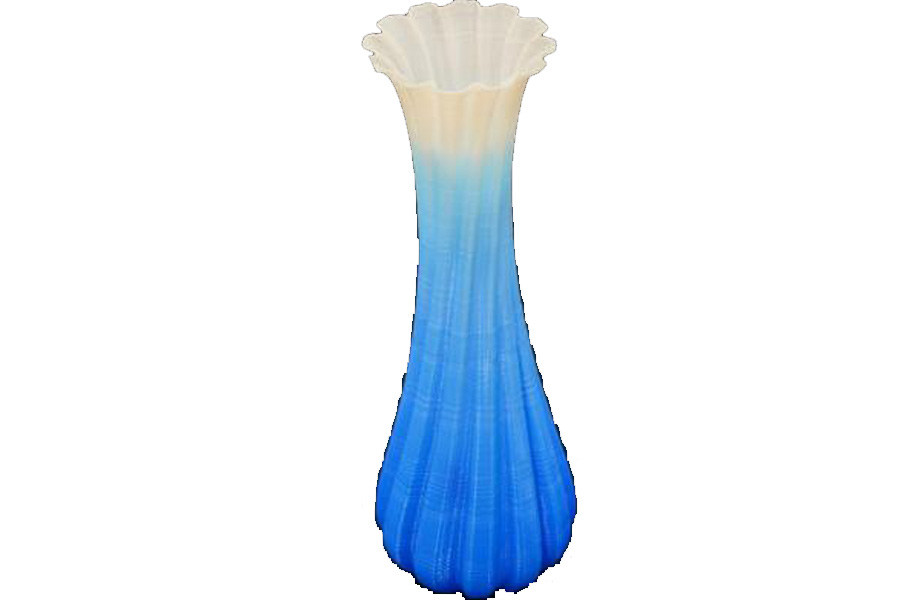
Recently, Saptarshee Mitra recently published a doctoral thesis, “Experimental and numerical characterization of the functional properties of sand molds produced by additive manufacturing (3D printing through jet bonding) in rapid casting plants.” Committed to mixed casting and To improve the method of manufacturing metal molds, Mitra analyzes various printing parameters and their effects on mechanical properties.
The author focused on improving the production of the foundry, and studied some of the most classic advantages of 3D printing to make molds in a fully automated manner. These advantages include: higher prices, faster production times, and the quality of prototypes and parts. higher. In addition, because there is no mold cost, the process is particularly economical, and complex geometries that cannot be manufactured using traditional sand casting can be considered. 3D printers are usually faster, easier to use, and cheaper than other additional technologies. It is also possible to manufacture very thin casting sand molds with very small parts. The modern foundry industry gradually uses this hybrid casting technology because they make it easy to form sand molds and have a good surface finish.
The goal of the Mitra paper is to make metal molds with higher stiffness and permeability (eventually used in the aerospace and automotive industries). The applications we see are significantly affected by the additive manufacturing process from auto parts to rocket engines. Reached important end-use parts.
Mitra explained: “Sand casting is the most widely used metal casting process in the manufacturing industry. Almost all cast metals can be cast in sand. The size of sand castings ranges from very small to very large. In modern industry, sand casting processes are used. Among the products manufactured, some notable examples are engine blocks, machine bed bases, cylinder heads, pump housings and valves.”
Metal casting requirements:
- .Appropriate design
- .The right choice of materials
- .Production molds and core patterns
- .The choice of casting process
- .Post processing
- .QC
Sand mold three-dimensional printing (3DP) using binder jet technology overcomes the challenges of traditional production methods, such as part complexity and size, production time and cost (depending on the quantity and complexity of parts) restrictions, according to China 3D The printing net understands that the part design/design freedom of any cast alloy has been optimized.
A series of chemically bonded 3D printed samples were examined. The binder content is evaluated by the loss on ignition (LOI) test, and the mechanical strength is measured by the standard three-point bending test. Permeability is measured by the air flow rate in the “sample at a given pressure”. Mitra learned that molds can be stored in large quantities at room temperature, but the permeability of the sample does decrease as the temperature increases.
Comments: The content of the binder will “profoundly affect” the strength of the mold, so increasing the amount of mold will increase the mechanical strength. Use X-ray µ-CT images to calculate the porosity, pore size, throat size and permeability of 3D printed samples with different binder content and particle size, and compare the predicted magnetic permeability under steady state with the layered silica grains The arranged experiment and analytical measurement results are compared. The main advantage of using X-ray CT characterization is the non-destructive nature of the test. The calculated permeability can be used as input for numerical simulation of metal casting, so that macroscopic defects can be predicted.
The current findings represent a step towards improving the mass transfer prediction of 3DP sand molds. However, the permeability of this sand-treated sand mold should be further characterized by using a varying average particle size to check the convergence of the model.





